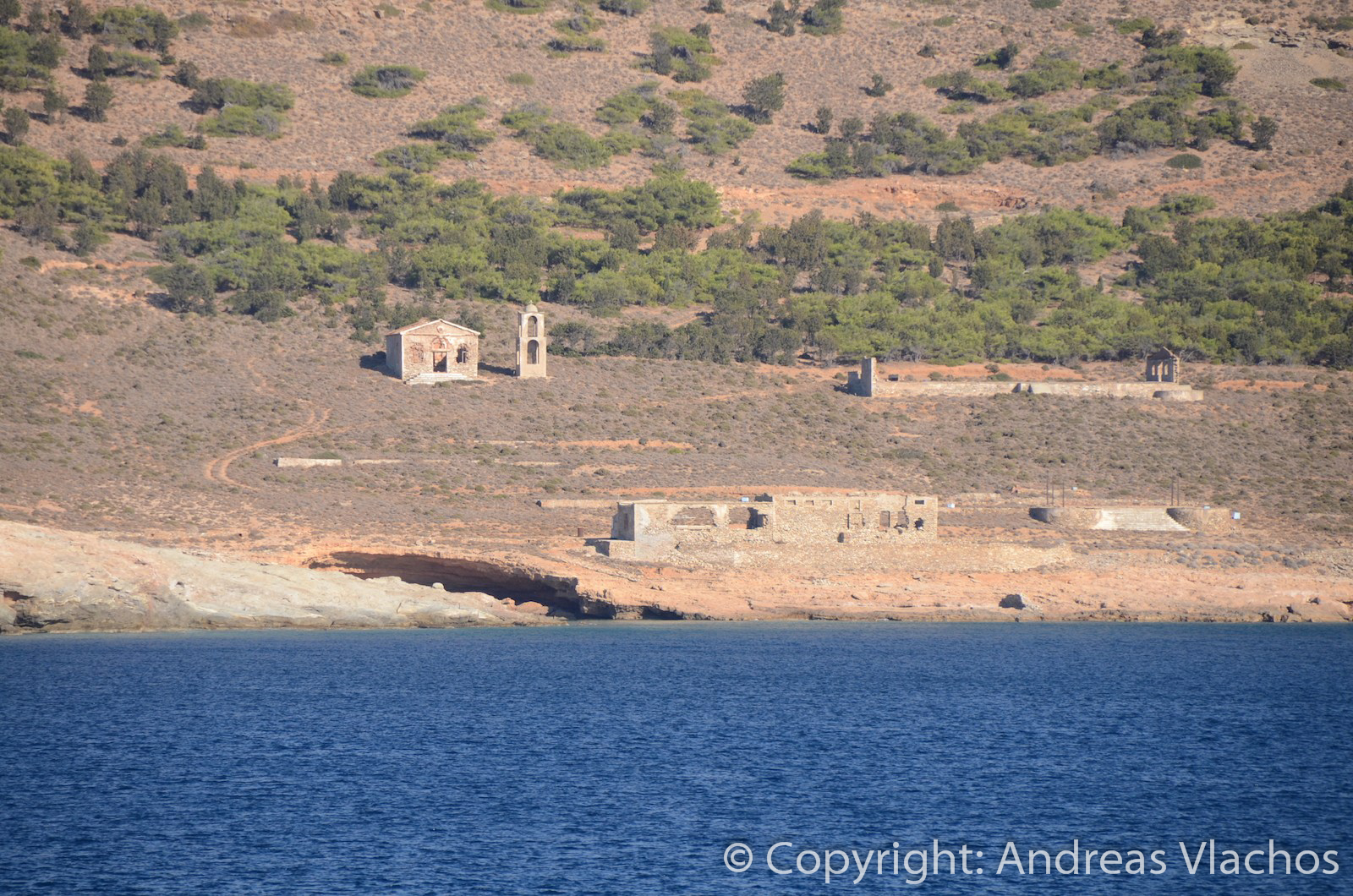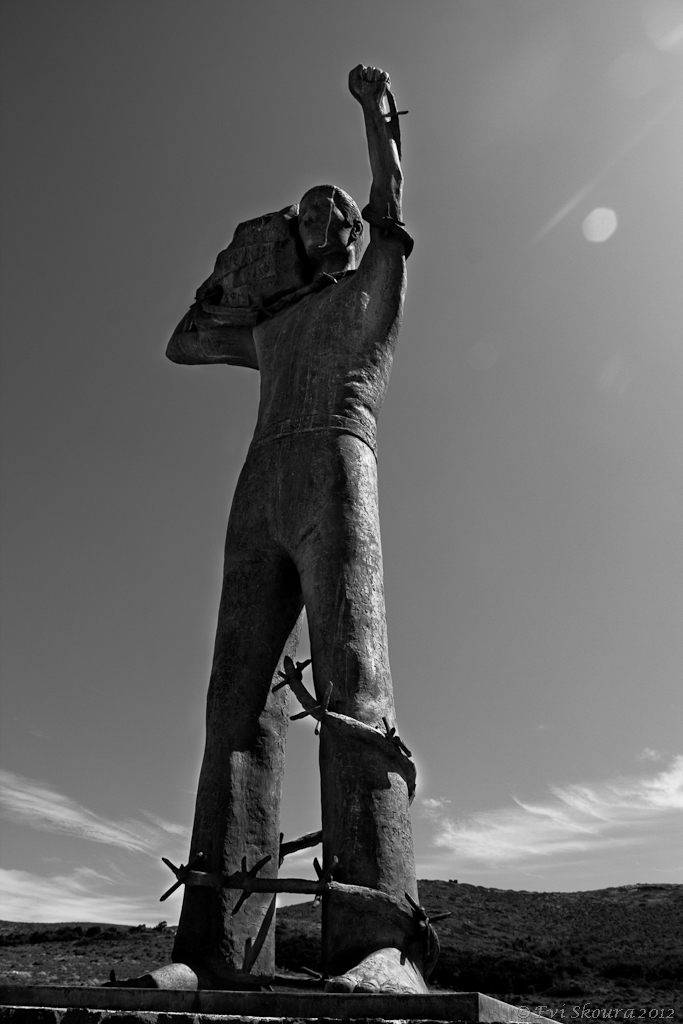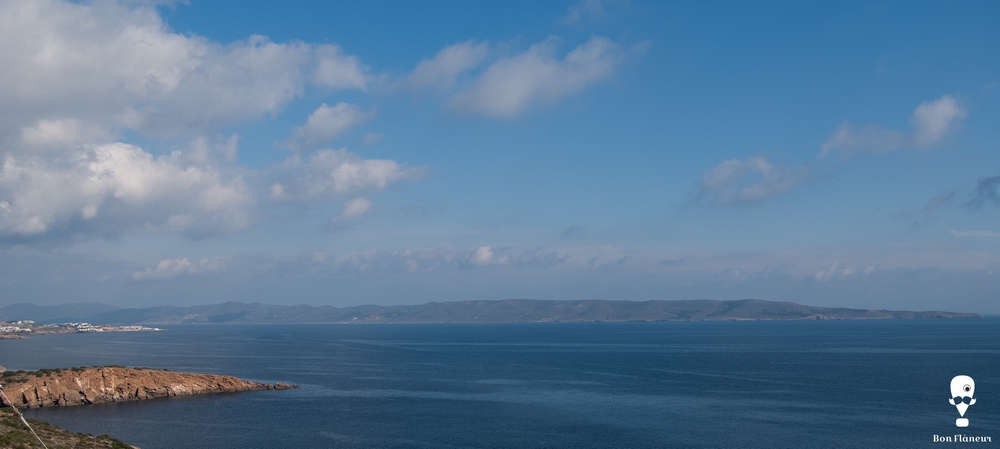Makronissos
Makronissos was a place of exile of leftists and dissidents during the civil war.
Location
Timeline
Modern and Contemporary era (1821 - )
1947 The concentration camp "Organization of Makronissos Reformer" (OAM) was created.
1948 On March 1 the "Massacre of Makronissos" happens with hundreds of dead prisoners.
1954 The Makronissos concentration camp was closed and the political prisoners were transferred to other places of exile.





Share